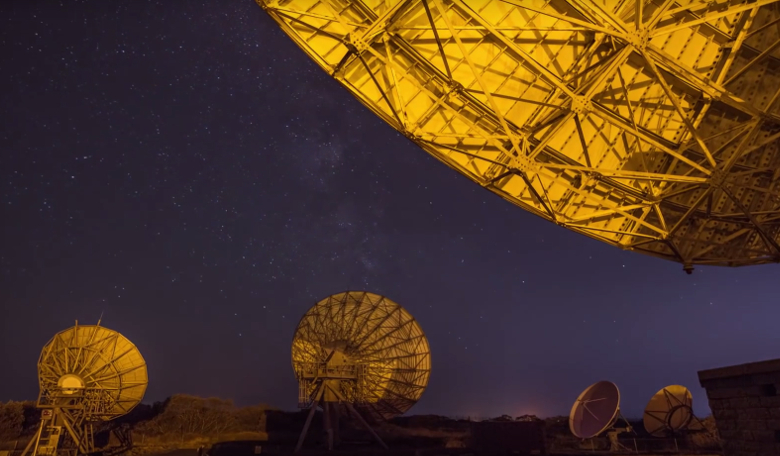Satellite communications innovator and space gateway Goonhilly Earth Station has joined the consortium backing the SmartSat CRC (co-operative research centre), a proposed space research initiative which plans to drive the Australian space industry through satellite technologies and analytics.
Led by the University of South Australia (UniSA), Airbus Defence and Space and Australian defence sector engineering specialist Nova Systems, in partnership with the South Australian Space Industry Centre, the proposed plan for the establishment of the SmartSat CRC was developed starting early in 2018 and has been submitted to the Australian government for ratification. The first stage of the application process with the Federal Government has been successfully completed and the consortium is now preparing the final stage application, and working on next steps outlining the organisation’s parameters and discussing funding.
The SmartSat CRC consortium aims to enhance connectivity, navigation and monitoring capability for the benefit of Australia, helping to maximise its resources by solving major satellite system and advanced communications challenges. The goal is to catapult Australia’s space industry into a leadership position in several areas including intelligent satellite systems, advanced communications, and earth observation driven data analytics.
The research consortium aims to co-develop intellectual property and specialist industry expertise that will spawn new businesses, create economic value and generate new high-tech jobs in Australia. Other economic benefits include applying advanced space technologies and space related data to diverse areas of society and the economy, from agriculture and the environment to healthcare and disaster detection and management.
The 67-member SmartSat CRC consortium also includes blue-chip industry leaders Harris Corporation, Thales Australia, BAE Systems, Dassault Systems and other space engineering companies as well as partnerships with NASA, JAXA and UK Catapult and University College London (UCL).
Professor Andy Koronios, Dean of Industry and Enterprise at UniSA, said: “With its technological and commercial expertise, as well as its expanding capabilities and resources, we are confident that Goonhilly will make a significant contribution to the SmartSat CRC.”
Dr Bob Gough, Head of Business Development, Australia & Asia-Pacific at Goonhilly, commented, “The space industry is a global one and Goonhilly is well poised to support Australian organisations as they look to extend their reach. At our UK site we offer world-class satellite capacity with visibility spanning 145° West to 135° East. enabling our customers to reach millions of people and receive sites in a single satellite hop. This is complemented by our connectivity with bundles of subsea cables and fibre, and our new multi-million-dollar datacentre.”
“Establishing a technical and operational presence in Australia is essential for Goonhilly as we fulfil our goal to create a worldwide deep space network; joining the SmartSat CRC perfectly complements this objective. We are bringing our business model of cooperation and collaboration which has been so successful in the UK, and we will use this proven approach in our numerous SmartSat CRC projects.”
“With the global industry leaders and world-class university researchers in SmartSat CRC, there is huge potential to develop new space industry opportunities that benefit all of Australia and the broader Asia Pacific,” Gough added.
SmartSat CRC is determined to accelerate the nation’s space industry momentum following the July 1st establishment of the Australian Space Agency, which was the launchpad for developing space-based opportunities to enhance businesses and communities.
Goonhilly joins consortium to drive Australia’s space sector











